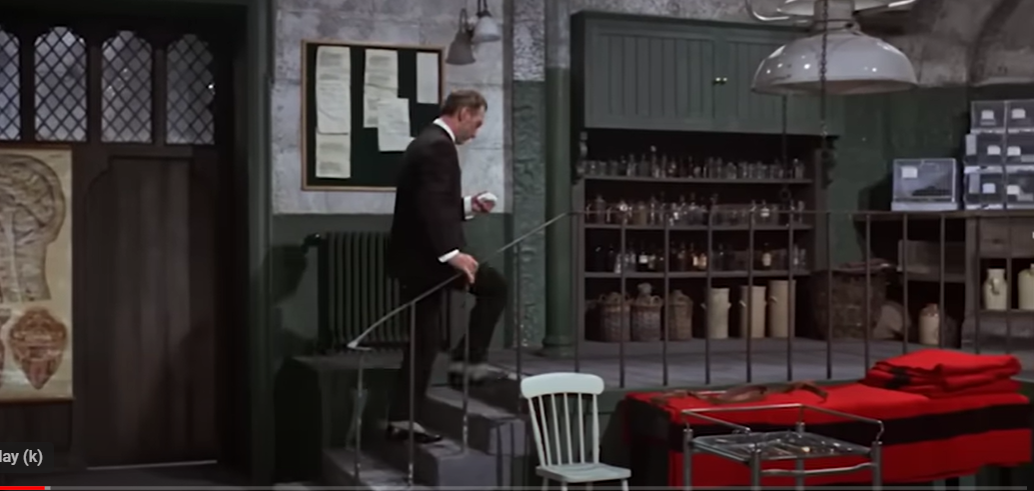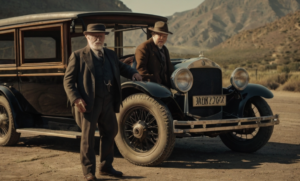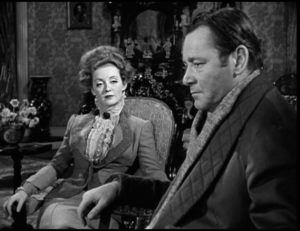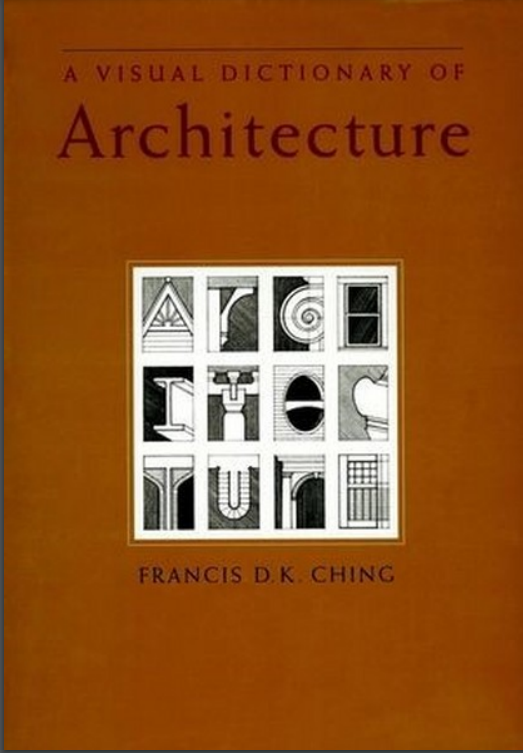THIS IS AN EXERCISE IN IMPROVING YOUR NOVEL WRITING BY WATCHING OLDER MOVIES:

I've been doing this exercise for about six months now and it has turned into my favorite way to experience movies. This allows me to experience the movie as a normal viewer but also watch it with an author's third eye.
I choose to watch mostly movies from the 1960s to the late 1970s for a few reasons that I'll go into below:
OLD MOVIES VS. NEWER MOVIES:

FIRST: Classical Hollywood Style: The old classic Hollywood style focused on clear storytelling, three-act structures, and a focus on character development. The writers and directors infused their work with a fresh perspective, but there was a reliable style to the storytelling. I believe this style is easier to learn from as a new author.
SECOND: The Pace of the movie. Modern films tend to have a faster pace, driven by shorter attention spans and the need to engage audiences immediately and constantly. It's common to see the camera move back and forth shooting so fast you can't keep up. As a writer, there's nothing to learn with this.
 THIRD: Classic films relied more on dialogue, staging and backdrops to tell the story. This is the richness that I find most helpful to see and learn from as an author. Modern storytelling is worried about the 3-second attention span. Older movies assumed the audience was grown up and could sit still and pay attention for a few minutes without intense stimulation.
THIRD: Classic films relied more on dialogue, staging and backdrops to tell the story. This is the richness that I find most helpful to see and learn from as an author. Modern storytelling is worried about the 3-second attention span. Older movies assumed the audience was grown up and could sit still and pay attention for a few minutes without intense stimulation.
FOURTH: The older movies were 'agenda free'. There wasn't any heavy-hand pushing politics or debauchery at every turn. In my humble opinion, this ruins even the best of movies.
 FIFTH: Newer movies have upgraded post production technology and CGI, so they are now focused on movie effects, jump scares and gore shocks. Although many of you may enjoy this type of thing, it really doesn't have much to teach a new author.
FIFTH: Newer movies have upgraded post production technology and CGI, so they are now focused on movie effects, jump scares and gore shocks. Although many of you may enjoy this type of thing, it really doesn't have much to teach a new author.
SIXTH: Even though the costumers and set designers have come so far and their work is breathtaking, the gorgeous backdrops seem to be shown one or twice and the rest of the scenes are filled with quick close-up shots to showcase the facial acting. Whereas, in the older movies, the directors would set up a whole room, have the actors roam through the room while acting. They were constantly doing things, picking up a cigarette, or stoking a fire -- action that you can learn from. This is the type of action that keeps fiction dialogue from being boring. These small movements keep the scene real in the readers' minds.
SEVENTH: There's nothing more irritating than the movies that were made with hand-held cameras and watching it is the equivalent of being on an unattended rollercoaster ride. There is a chaotic feel to the entire movie. This was unthinkable in old Hollywood. Again, you may like this type of film to watch and just enjoy, but there's nothing to be gained as an author from it.
WHICH MOVIES SHOULD I WATCH?
 Everyone has to find their own subgenres whether it be old gothic movies or old mystery movies. But a good place to start is at Wikipedia. Below are two links to the 1960s and 1970s in film. Movies made in these years would fall into the categories I mentioned above.
Everyone has to find their own subgenres whether it be old gothic movies or old mystery movies. But a good place to start is at Wikipedia. Below are two links to the 1960s and 1970s in film. Movies made in these years would fall into the categories I mentioned above.
https://en.wikipedia.org/wiki/1960s_in_film
https://en.wikipedia.org/wiki/1970s_in_film
SO HOW DOES LEARNING FROM MOVIES AS A WRITER WORK?
 It requires you to know ahead of time what will happen. If you are the type that hates to know what will happen first, then watch the movie first to enjoy it as a viewer. Then you can go onto the next section where I talk about the process:
It requires you to know ahead of time what will happen. If you are the type that hates to know what will happen first, then watch the movie first to enjoy it as a viewer. Then you can go onto the next section where I talk about the process:
Look up the movie on Wikipedia. Most movies have a full pages with all the information about who wrote it, produced it, directed it and starred in it. It also has a section called Plot. Read the Plot before watching the movie.
Knowing the plot ahead of time doesn't ruin the movie for me because it allows me to watch the movie as a viewer but to also watch for how the writer and director choose to dramatize the action of the plot. You will learn how they do foreshadowing, how they create red herrings, how they hide the true culprit.
You will also learn about tropes. For example. I've been watching Hammer Horror movies from the 1960s and they all have gothic settings. Every gothic movie has the carriage and horses. They all have the castles and fog. THey all have the candelabras. These are the tropes that readers and watchers want. Some tropes never get old.
As the plot unfolds, you can see how it all comes together and how they placed and showcased the final clue or the comeuppance or the final chase, etc. I find this so helpful in seeing the story elements handled by the script writers and the directors.
paragraphs describing this WHILE describing an imaginary character interacting in this setting.
TAKE THE EXPERIENCE ONE STEP FURTHER:
 If you are watching the movie on a computer, take a screen shot of a scene and then set up an imaginary happenstance that occurs in this setting. Describe the setting in words, attempting to capture the essence of what you saw on film. Doing this a few times will help you get better and better in describing backgrounds and scene settings.
If you are watching the movie on a computer, take a screen shot of a scene and then set up an imaginary happenstance that occurs in this setting. Describe the setting in words, attempting to capture the essence of what you saw on film. Doing this a few times will help you get better and better in describing backgrounds and scene settings.
This type of experience can even lead to an actual short story. Just think up what type of problem could go wrong in this setting and take it from there.
10 Minute Exercise - Watch the first ten minutes of any movie or TV show to see how much background and personality info is dumped just by the background, music and setting. Every movie or show assumes viewers are starting out in the dark. There is always a lot of good ideas in the first 10 minutes of a movie on how to convey information from background and props without dialogue or info dumping.


